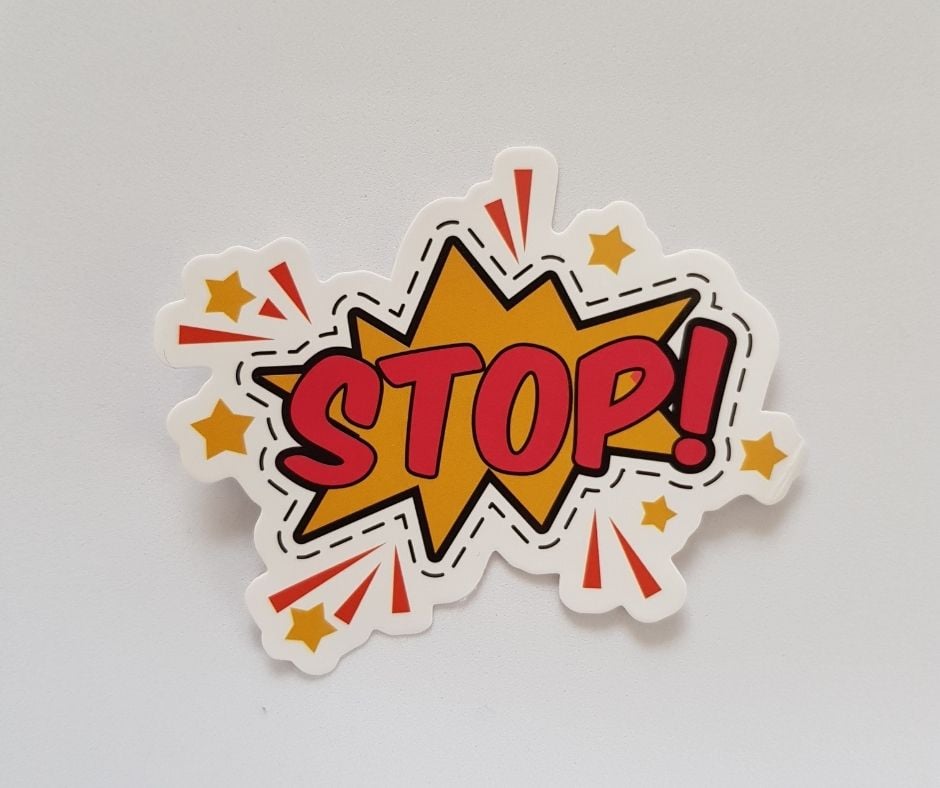In the words of that famous song: "A little less conversation, a little more action, please." You may have felt like that when faced with endless Zoom calls, meetings about meetings, meetings about the progress that can't happen because you are in meetings. But how do you stop the loss of productivity?
New ways of working and the loss of productivity
New ways of doing the same things you have always done seem to be popping up every day. So your filing system is now replaced with a digital version. Your meetings happen online. Your cooler conversation has been replaced by chat apps. Are they really new? Or are they just another way of doing the same thing? In fact, should we stop calling them new ways of working? Hint: they're not. They’re just digital equivalents of the old ways.
If you stop for a minute and evaluate these tools, have they helped you to be more productive? Or have they added just another layer of work that hampers your productivity? Over time, we come to understand that the tools should not be a hindrance to productivity and workflow, but they are. And we lose more with these digital tools than we gain.
You can break the loss of productivity into 2 areas
- Information overflow
Digital interruptions are ubiquitous in the new workplace. This is due to the proliferation of ‘light touch’ tools like messaging, collaboration, online meetings and Kanban apps that have been handed out like lollipops in an attempt to tick the “digital transformation” box.
People’s time just isn’t their own anymore. They are forced to deal with the increased amount of digital interruptions that happen on an hourly basis. Research shows that the average worker is interrupted between 6 – 12 times every hour. The most disturbing fact about being interrupted is that it takes up to 20 mins to focus back on the task you were doing prior to the interruption.
Apart from the hours lost every day, it’s negatively impacting motivation and forcing people to tune out of apps and only respond to a subset of selected people and tasks.
- Information loss
By using messaging, collaboration and lightweight work management apps, businesses lose control over workflows and the context of work. These apps are mostly cumbersome to use. Maintaining or updating work management apps creates stress and additional effort for little to no return.
In addition, by shifting parts of tasks, documents and workflows to these multi-channel apps, visibility of the work (and sometimes the work itself) gets lost and creates more effort to locate or re-create. This helps explain the rise of internal meetings.
These apps are not designed to store or manage information so ultimately it all gets lost in the abyss.
So what’s the answer?
Well, ironically less technology is the way. We need to stop thinking of apps as the way to fill gaps in our organizations. It’s about process - it always has been. Business needs to bring their People, Information and Work together in one place, not scattered across multiple apps.
Do this and information will flow effortlessly, everybody will be on the same page and work just, well, happens.



What's your experience of working in this area? Let us know in the comments below: